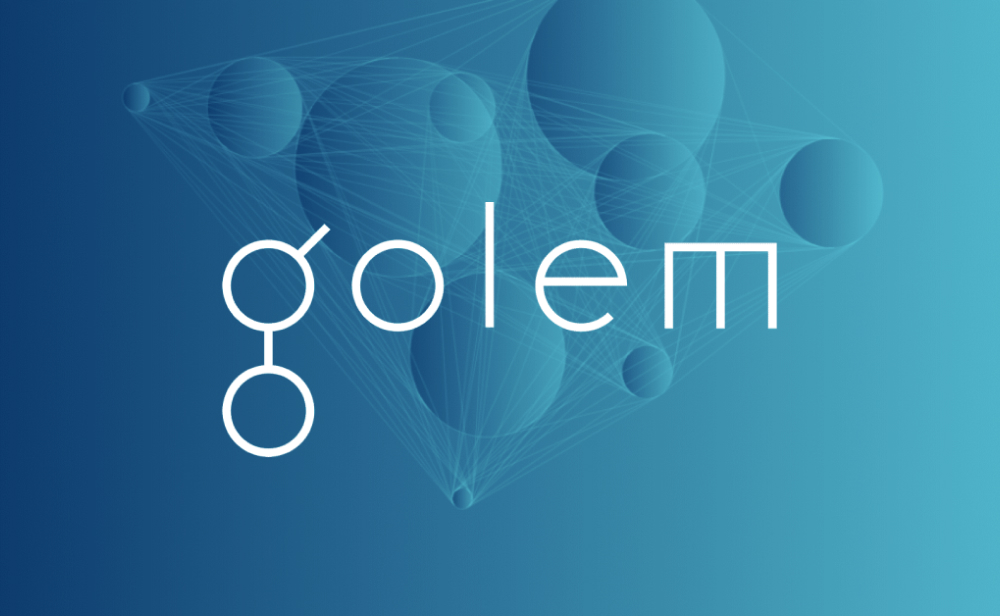
Golem (GLM) claims to be the world’s first totally decentralized supercomputer, paving the way for a global market in computing power. The Golem platform dramatically transforms the way computing activities are structured and completed when combined with customizable tools to assist developers in securely distributing and monetizing their software.
The Thought Process Behind Creating Golem
Golem is a peer-to-peer network that allows application owners and individual users (“requestors”) to rent resources from other users’ computers.
Golem’s role as the foundation of a decentralized market for computing power can be classified as both Infrastructure-as-a-Service (IaaS) and Platform-as-a-Service (PaaS) (PaaS). When specialized software solutions are brought into the equation, Golem exposes its entire potential. By publishing software to the application registry, anybody can create and deploy software to the Golem network.
Developers can use the Transaction Framework to expand and adapt the payment process, culminating in distinct monetization mechanisms.
How Does Golem (GLM) Work?
The business case for Golem basically comes down to the assumption that, because of previous technology advancements, the market for computing resources can be organized around completely new concepts. Major corporations such as Amazon, Google, Microsoft, and IBM, on the other hand, control the compute market currently, leveraging their market dominance and assets to secure substantial margins, resulting in inefficiently priced compute services.
Fortunately, the market is not doomed to operate in this manner indefinitely. The supply of computer resources with Golem is based on donations from individual and professional providers, as well as an assortment of specific software solutions available through Golem’s Application Registry which operates on a single, competitive market with nearly comprehensive information.
Onboarding three groups are required to scale the compute market provided by Golem: providers of computing resources (“providers”), task creators (“requestors”) who submit their jobs to be computed by the network, and software developers. Golem’s distinctive, interconnected ecology is made up of these three groupings.
Infrastructure Supply
Providers are the ones who give the network processing power. This might be anyone, from a single person renting out unused CPU cycles on a gaming PC to a major data center donating its whole capacity. Providers are enticed to join Golem because they are compensated for completed activities by requestors. Of course, Golem’s user interface will be simple to navigate, allowing providers to easily establish pricing and choose how much of their idle resources they are prepared to rent out.
Computing Resources are in High Demand
Golem needs to attract requestors wanting extra computing resources in order to reward providers for providing their resources. Due to the near-complete knowledge and simplicity of distributing jobs on any hardware, the market Golem generates will be fiercely competitive. This will not only make utilizing Golem simple, which will attract requestors, but the highly competitive structure will also boost market efficiency, culminating in far more extensive and favorable pricing than existing cloud computing platforms.
Because most of them will only require more resources on occasion, Golem’s marketplace will allow requestors to become providers, which is a key feature.
They will be able to rent out their own equipment and profit from it. In addition, there are financial considerations. However, it won’t be the only reason to utilize Golem, the availability of the product will be one of its primary aspects.
The application registry provides access to a variety of apps that are operating on the Golem network.
Golem (GLM) Tokenomics
The allocation of the GNT tokens will be as follows:
- Total: 1,000,000,000 – (100%)
- Crowdfunding participants: 820,000,000 – (82%)
- Golem team: 60,000,000 – (6%)
- Golem Factory GmbH: 120,000,000 – (12%)
Golem (GLM) Price
Golem (GLM) is now trading around $0.4113 as of Jan. 18, 2022. Its 24-hour trading volume on exchanges is around $4,753,031.
Source: https://coinmarketcap.com/alexandria/article/what-is-golem-glm-features-tokenomics-and-price-prediction

Comments